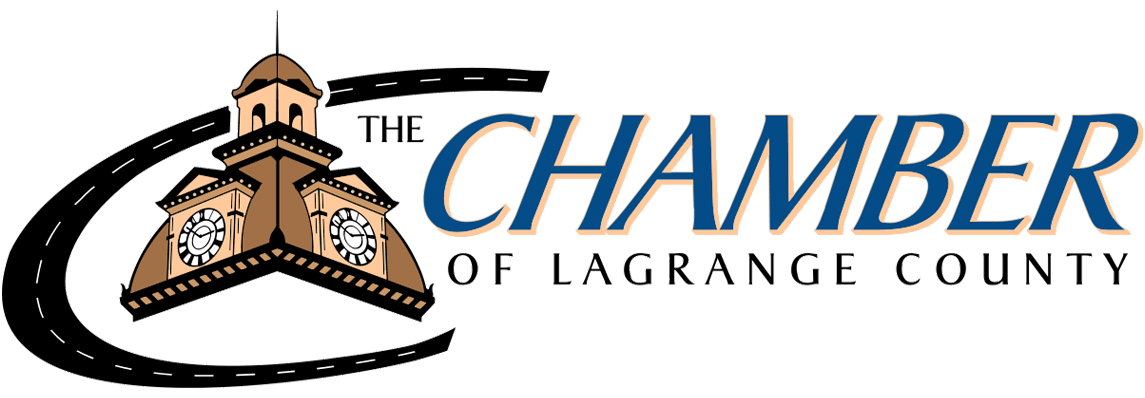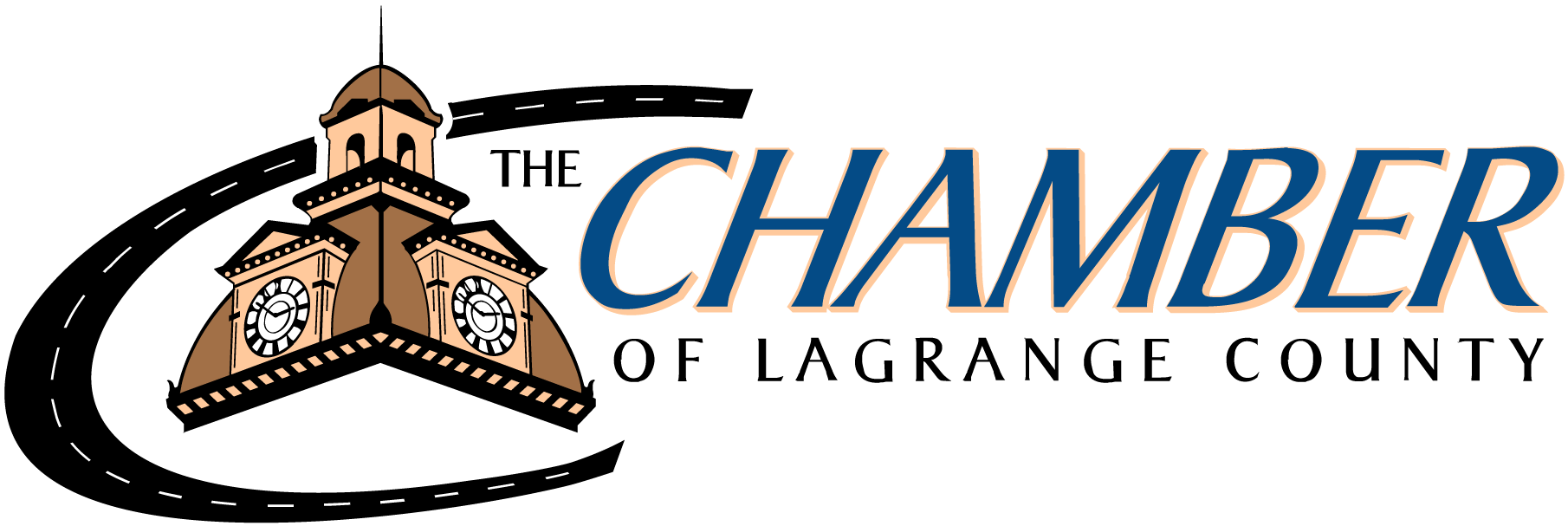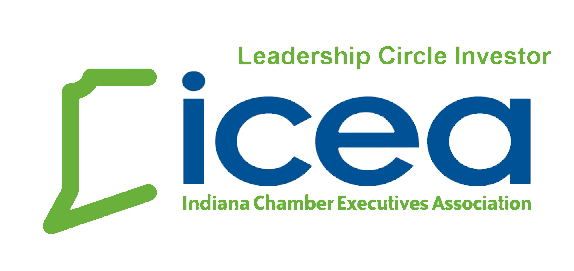Coffee with the County - Knees and Corn
Are you a believer in the statement around here that goes, “Knee high by the Fourth of July”? Ever since I was a kid, I found this statement to be a rigged lie. I mean, really, the truth is that either our knee-height-standard is much taller than my own kneecaps, or our LaGrange County crops are over-achievers. Our local corn crops are often knee-high by June! (Insert a chuckle here.)
No matter what you believe about knees and corn, I would bet that you’re watching the changing of seasons happen before our eyes. The crops are beginning to look lush and green, shade trees are boasting of protection from the sun, and more people are freely out and about, enjoying the warmer weather. It’s summer! (As of June 20, to be exact!)
The changing of seasons brings many things: growth, innovation, hard work, and transitions, to name a few. It is no different within our local economy and business scene. As the weather changes, different people visit for leisure and work alike. Our local recreational landscape is bustling, with campgrounds, rivers, and parks hosting more and more people every week. Shipshewana–the tourism industry anchor of LaGrange County–is beginning its annual hospitality high, welcoming over 2 million people (yes, 2 million people!) to its small-town community. The tourism industry boasts of shoppers, antiquers, eaters, and entertainment-seekers. Our agricultural stakeholders are busy planting, watering, and maintaining, with their sights set on a robust harvest come fall.
When we consider the changing of seasons, it is fairly easy to see a simple correlation between the changing of local economical focuses. Summertime and the holidays bring shoppers. Warmer weather and springtime bring planting and laboring for crops, handmade goods, and artisan treats to sell at farmers markets, collective storefronts, and brick-and-mortar small businesses. Wintertime–though frigid cold at times–is growing with entertainment options inside 300- , 1,500- , and 5,000-seat venues (yes, all here in LaGrange County). The seasons of commerce in LaGrange County are vibrant, and there is always something to do, something to purchase, something to eat, and something to see here in our small-town communities.
When we “shop small” by supporting our local small businesses, we are dreaming big. We’re investing our dollars into the local neighbors here who see a vision for a bigger and better LaGrange County tomorrow. Consider the local farmers who are turning their crops into highly-sought-after products. Consider the local restaurateurs who are transforming the experience of a dine-in meal in the downtown strip. Consider the service centers fixing a nail-ruined tire or a check-engine light, all welcoming you on a first-name basis. Consider the relentless recreational stakeholders who are building out businesses that host thousands of people who seek to envelop themselves in the great outdoors, found here in LaGrange County.
These small business owners are doing it–day in and day out–dreaming big, while laying one brick at a time in the grand scheme of LaGrange County prosperity. When you purchase a product or service locally, you’re investing in the same dream. You’re choosing to say, “Yes, I want to make sure that my kids, grandkids, and more will see a sustainable future in LaGrange County–one that is home, that offers amenities, treasures, experiences, and more. I want to invest in their tomorrow. And it’s worth shopping local.”
Here we are in June. We’re not in the holiday season. We’re not celebrating any specific commemoration. But, we are still built upon the hardworking backs of those building up LaGrange County. This week, my charge is this: head to your favorite local establishments (from restaurants to theaters, kayak rentals to gas stations, auto mechanics to retail shops) and purchase a gift or a gift card. Invest in tomorrow by shopping small today.
And, when you look at the next knee-high cornfield this summer (whether it’s your knee’s height, or your belly button!), consider its changing seasons just as our economical seasons change in our communities. With every change of season comes the opportunity to invest in tomorrow.
Not sure where to start?
Visit the Chamber’s online directory (or pick up a hard copy at many local establishments!) to see a full list of our Chamber members across the county. Head to www.lagrangechamber.org/directory to learn more.





